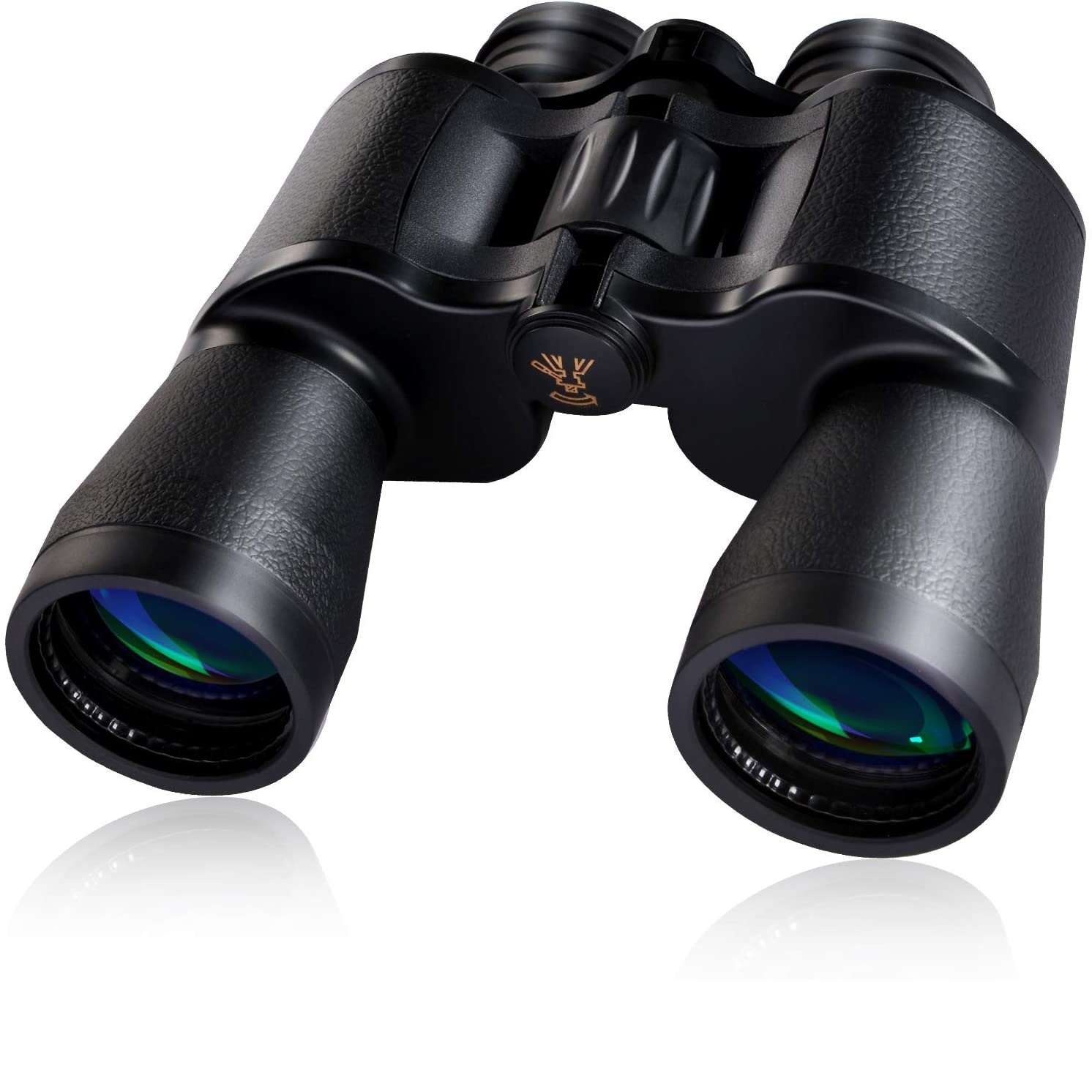
- Brand Stilnend
- Color Black
- Objective Lens Diameter 50 Millimeters
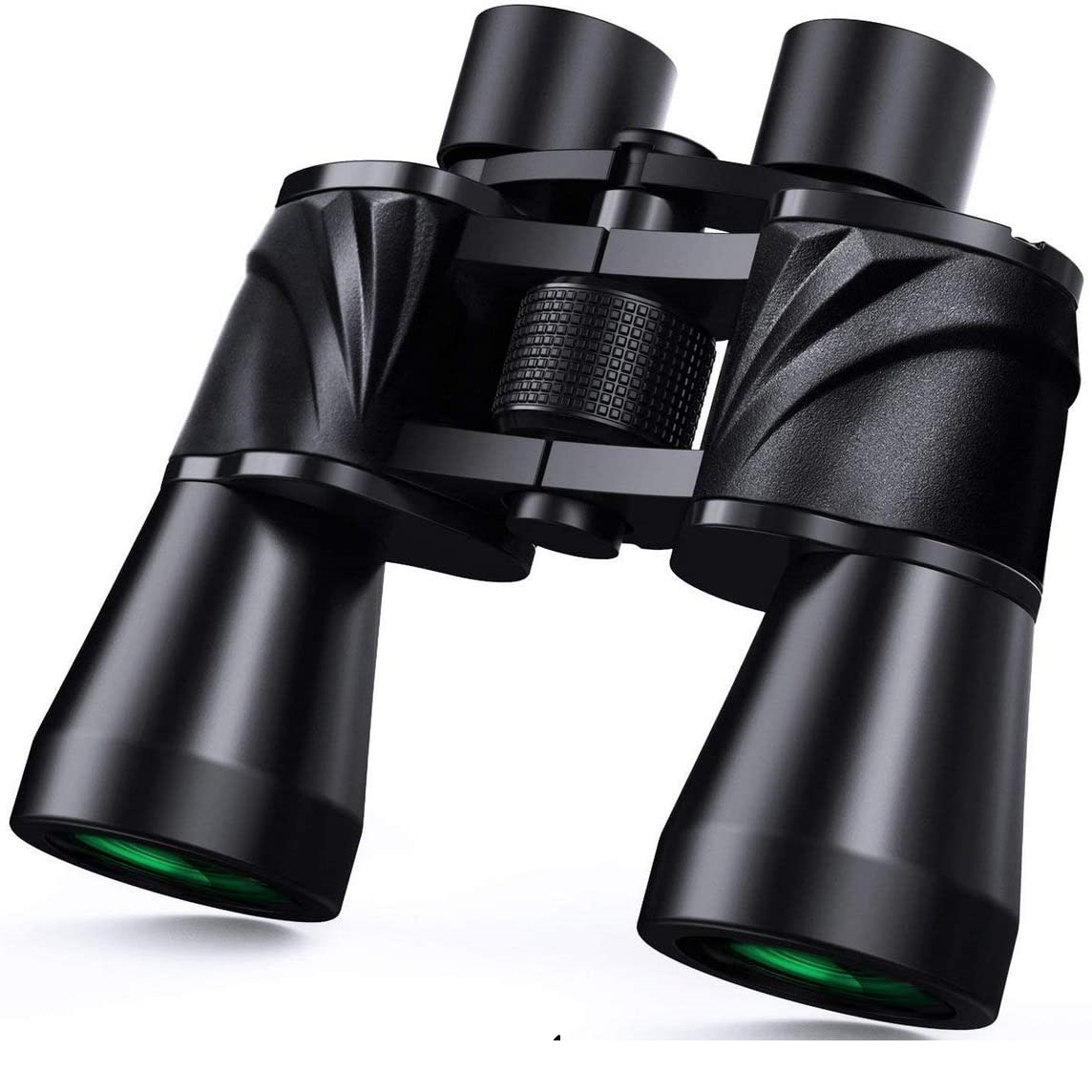
- Brand Pankoo
- Color Binoculars for Adults
- Water Resistance Level Waterproof
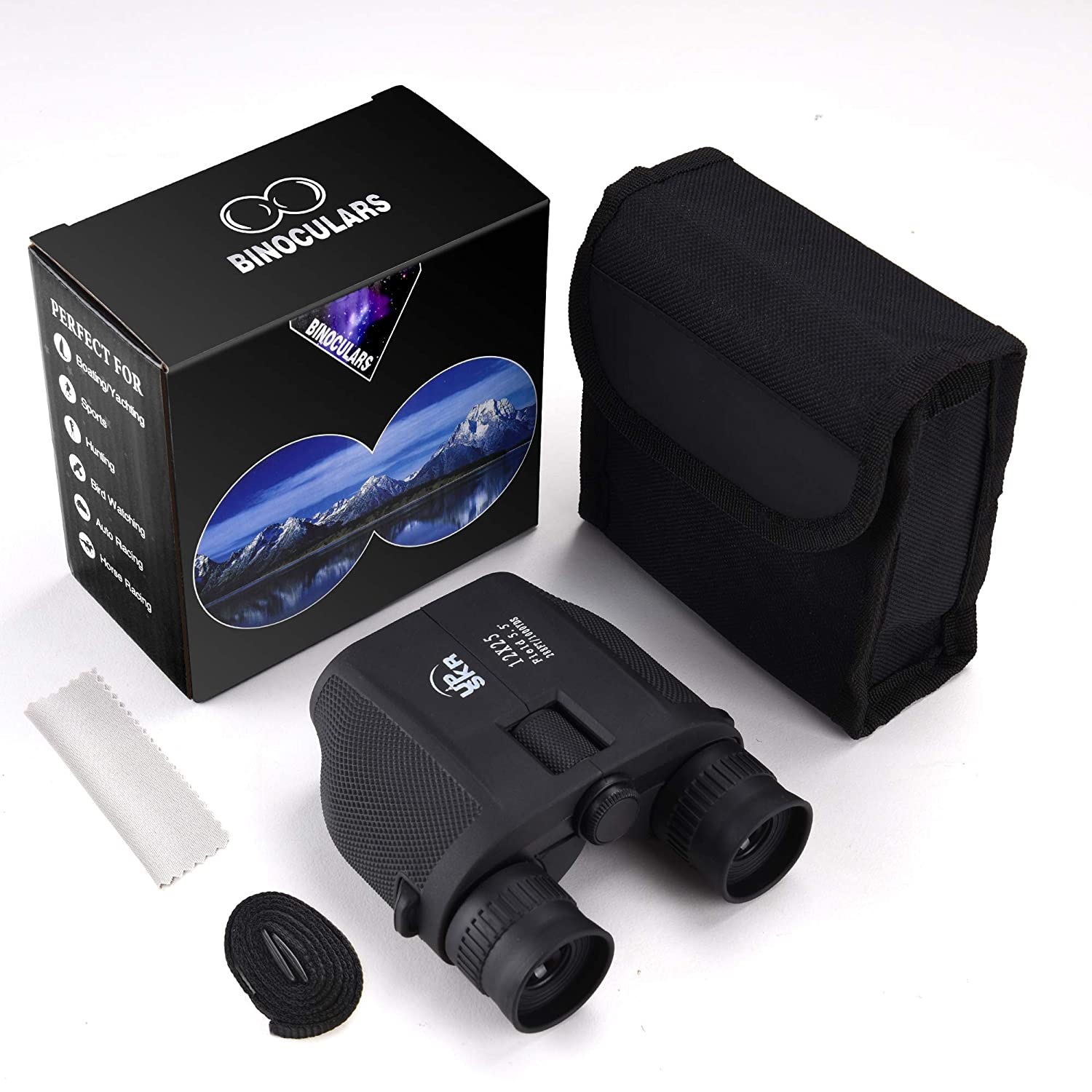
- Brand UPSKR
- Color Black
- Material Rubber ye Relief 15 Millimeters
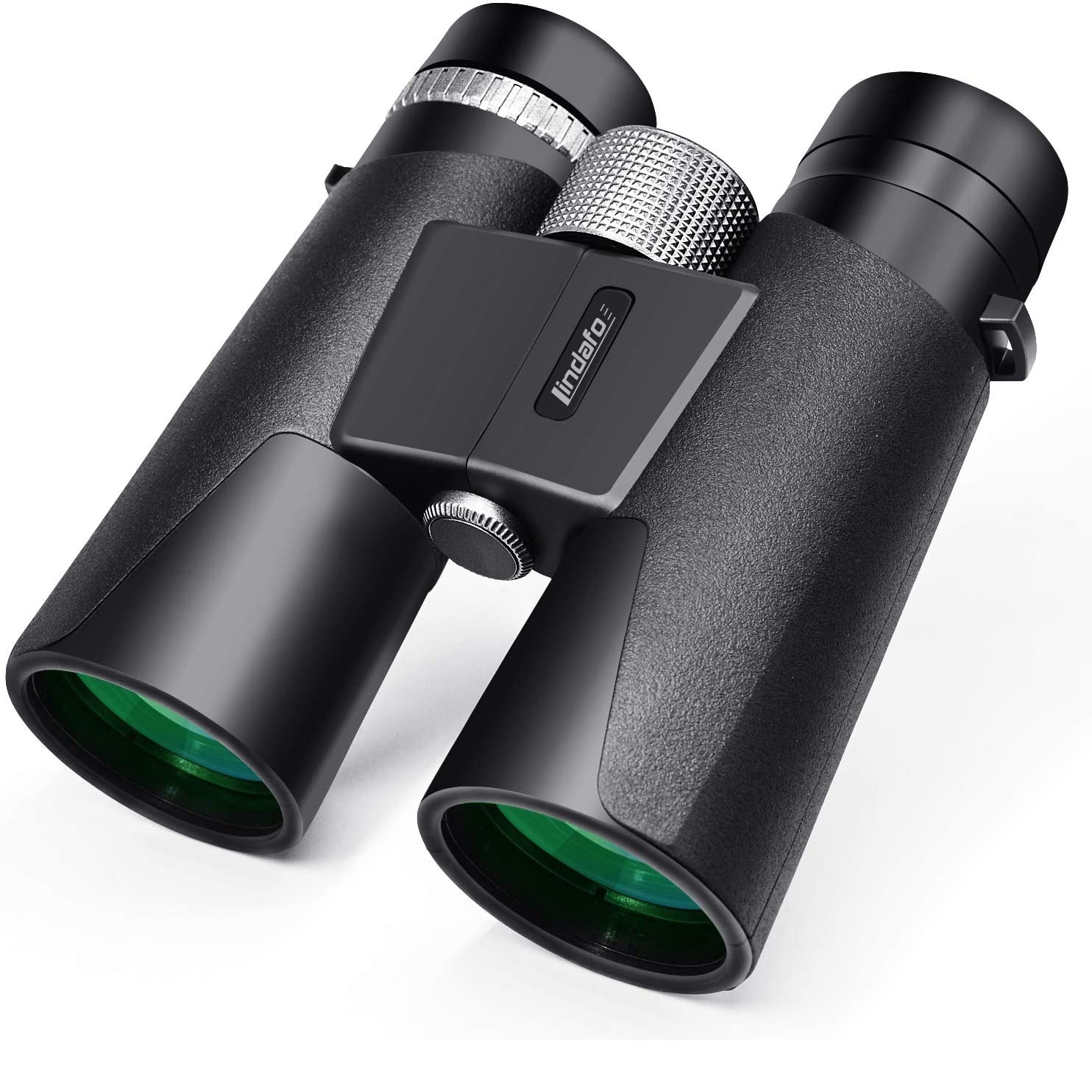
- Brand Lindafo
- Color Black
- Water Resistance Level Waterproof
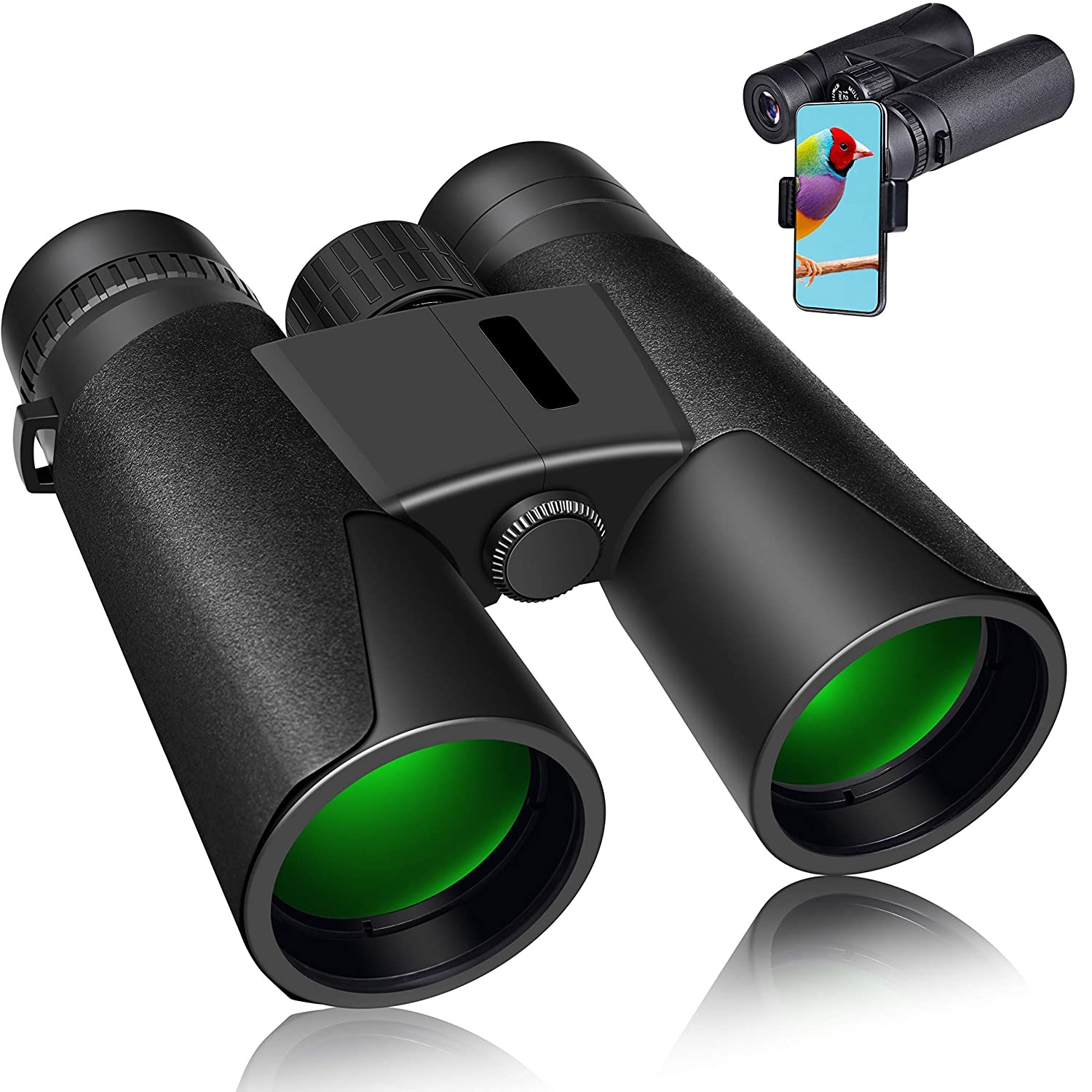
- Brand Cabage
- Color Black
- Water Resistance Level Waterproof
Choose the Best Low Light Binocular for Hunting
Customer’s Choice: the Best Low Light Binoculars for Hunting
4 users answered this survey. Please help us improve this review!
When you are hunting, the ability to see your prey just before dawn or extends into the twilight hours is crucial. That’s why it’s important to select the greatest binoculars for the job. In this article, we will discuss some factors to consider, and we will recommend a few of our favorite models. We’ll also provide some tips on how to use them effectively while hunting.
When it comes to hunting, being able to see your prey is key. But what do you do when the sun starts to set and visibility becomes an issue? That’s where LL binoculars come in handy.
They are designed to allow you to see in dim conditions, making them perfect for early morning or evening hunts when the light is low. But with so many different options on the market, how do you select the right pair of binoculars for your needs?
Let’s see the best options.
Table of Contents
20 x 50 High Power Military Binoculars, Compact HD Professional/Daily Waterproof Binoculars Telescope for Adults
 These binoculars are specifically designed to be used in any conditions and they come with a number of features that make them ideal for hunting. For example, they have an advanced optical system that allows for better light gathering and they also have a durable construction that can withstand the elements.
These binoculars are specifically designed to be used in any conditions and they come with a number of features that make them ideal for hunting. For example, they have an advanced optical system that allows for better light gathering and they also have a durable construction that can withstand the elements.
In addition, you can easily transport them to your hunting location.
Specifications
- Dimensions 7.5 x 2.83 x 7.08 inches
- Weight 1.76 lbs
- Color Black
- Material Rubber
- 20x magnification
- 26mm eye lens diameter
- 50mm objective diameter
- 26 mm eye relief
- 56m field of view at 1000m
10 x 50 Powerfull Binoculars for Adults with Low Light Night Vision
 They have a big eyepiece and a ten-second focus. They’re also water- and fog-resistant, with an extreme viewing angle. This makes them ideal for any purpose.
They have a big eyepiece and a ten-second focus. They’re also water- and fog-resistant, with an extreme viewing angle. This makes them ideal for any purpose.
Specifications
- Dimensions 8.7x4x8.9 inches
- Weight 1.45 pounds
- Material Resin, Plastic
- 10x magnification
- 50mm objective
- FoV 168 ft / 1,000Yds
UPSKR 12×25 Folding High Powered Binoculars with Weak Light Night Vision
 If you’re looking for a top-notch pair of binoculars, these are a great option. These binoculars offer great clarity and light-gathering ability. They include a case and neck strap for added convenience. Best of all, they’re very reasonably priced, making them a great value for the money.
If you’re looking for a top-notch pair of binoculars, these are a great option. These binoculars offer great clarity and light-gathering ability. They include a case and neck strap for added convenience. Best of all, they’re very reasonably priced, making them a great value for the money.
Specifications
- Dimensions 4.2×4.2×1.8 inches
- Weight 10.2 ounces
- Color Black
- Material Rubber
- Bak-4 roof prism
- 12x magnification
- 25 mm objective lens
- 15 mm eye relief
12×42 Binoculars for Adults – HD Low Light Night Vision – Phone Adapter Included
 BAK-prism inside enables you to see objects 12X closer with a clearer and brighter image. You may use the phone adapter to take pictures of what you’re seeing and save them.
BAK-prism inside enables you to see objects 12X closer with a clearer and brighter image. You may use the phone adapter to take pictures of what you’re seeing and save them.
Specifications
- Dimensions 5.91 x 4.33 x 2.17 inches
- Weight 1.05 lbs
- Material Rubber
- Prism Description Roof Prism
- 12X magnification
- 42mm objective
- FoV 367ft/1000yds
12×42 Binoculars for Adults and Kids HD Light Night Vision
 These binoculars are a great choice for those looking for an affordable option that will still provide clear images and bright colors. They are also lightweight and compact. The 12x magnification is perfect for getting a closer look at your target.
These binoculars are a great choice for those looking for an affordable option that will still provide clear images and bright colors. They are also lightweight and compact. The 12x magnification is perfect for getting a closer look at your target.
Specifications
- Dimensions 8.03 x 5.91 x 3.11 inches
- Weight 1.09 pounds
- Color Black
- Material Rubber
- Prism Description Porro Prism
- 12X magnification
- FoV 400 ft at 1200 yds
Buyer’s Guide
What are Low Light Binoculars?
They are a type of optical device that is designed to magnify objects in low light conditions. They typically have large objective lenses and use image-intensifying technology to amplify the available light. LL binoculars can be used for hunting, astronomy, surveillance, and other activities where seeing in dim lighting is important.

There are a few things to consider when choosing the best low light binoculars for your needs. First, you will need to decide what magnification you need. Binoculars with higher magnification can be helpful for spotting game at long distances, but they may also make it more difficult to keep a steady image. Second, consider the size and weight of the binoculars. Heavier binoculars can be difficult to hold steady, so if you plan on using them for extended periods of time, it may be worth opting for a lighter model. Finally, think about the type of image-intensifying technology that is used. Some binoculars use night vision devices (NVDs), which can provide a clearer image in very bad light conditions but may be more expensive.
Binocular Terms
Before we begin, there are a few words you should be aware of.
Magnification
This is the number that is typically displayed prominently on the binoculars, for example, “12×50.” The first number is how many times an object will appear to be magnified when viewed through the binoculars. So, if you are looking at an animal that is 500 feet away and it appears to be 50 feet away, then you have a magnification of ten times. The second number in this example (the 50) is the “objective lens diameter” and we’ll discuss that more in a bit.
Fixed Magnification
Most binoculars have a fixed magnification, meaning that the lenses are set at a certain power and can’t be changed. You buy a pair of 12×50 binoculars and that is what you have. Some binoculars, however, offer variable or zoom magnification. This means that you can change the power of the lenses to make objects appear closer or further away. For example, you might have a pair of binoculars with a range of magnifications from 12x to 20x.
Variable Magnification
While variable magnification may sound like a great idea, in practice, it’s not always the best choice for hunting. First of all, when you change the power of the lenses, you are also changing the field of view. The FoV is how much area you can see through the binoculars and is measured in feet at a distance of 1000 yds. So, if you have a pair of binoculars with a FoV of 300 feet at 1000 yards (12x power), and you zoom in to 20x power, your field of view will decrease to about 157 feet.
This can be problematic because it means that objects that were once in your field of view may now be outside of it and out of your sight. This can be especially troublesome if you are trying to track a moving animal. In addition, when you zoom in, the image may become less stable and more difficult to keep in focus, especially if you are not using a tripod.
For these reasons, we generally recommend fixed magnification binoculars for hunting. You’ll have a wider FoV and the image will be more stable. Of course, there are exceptions to every rule and there may be times when variable magnification binoculars make sense for hunting (if you are primarily targeting game at long range, for example). But in general, we think fixed magnification is the way to go.
Lens Diameter
As we mentioned above, the second number in a binoculars’ description (for example, 12×50) is the objective lens diameter. This is the size of the front lenses and is measured in millimeters. A larger objective lens allows more light to enter the binoculars, which is important for low-light situations.
For hunting, we recommend binoculars with an objective lens of at least 42mm. Larger is better, up to a point. Binoculars larger than 50mm are large and hefty, making them inconvenient to carry all day.
Optical Coatings
All lenses, whether they are in your binoculars, your camera, or your eyeglasses, have a coating of some sort on them. This coating helps to reduce reflections and glare and improves the overall image quality. There are different types of coatings and some are better than others. For binoculars, you want to look for “fully multi-coated” optics. The lens surfaces are all coated with multiple coatings of anti-reflective materials, ensuring that there is no reflection.
Fully multi-coated optics used to be found only on high-end binoculars but now even budget models often have them. If you are looking at two binoculars and one is advertised as “multi-coated” and the other is advertised as “fully multi-coated,” go with the latter. It will provide a better image.
Exit Pupil
The exit pupil is the size of the beam of light that exits the binoculars and enters your eye. The objective lens diameter is divided by the magnification to arrive at a measurement in millimeters. So, if you have a pair of 12×50 binoculars, the exit pupil would be 50mm/12x = approximately four millimeters.
The amount of light that reaches your eye is determined by the exit pupil, which is measured in millimeters. The human eye can only make use of a certain amount of light at any given time and anything beyond that is just wasted. In low light, you’ll need a bigger exit pupil so that more light can enter your eye. For hunting in general, we suggest an exit pupil of at least three millimeters.
As a side note, you may sometimes hear people talk about the “sweet spot” of binoculars. This is the area in the center of the lenses where the image is said to be at its best. The size of the sweet spot is determined by the exit pupil. A larger exit pupil means a larger sweet spot. So, if you move your eye around within the eyepiece and the image stays sharp, you are probably in the sweet spot.
It is especially important when using binoculars in low light conditions because that is when your eye needs as much light as possible to see clearly. In general, we recommend an exit pupil of at least three millimeters for hunting in LL conditions.[1]
Field of View
The FoV is the width of the area you can see through the binoculars. It is measured in feet at 1000 yards (or meters at 1000 meters). So, if a binocular has a field of view of 1000 yards, that means you can see an area one mile wide when looking through the binoculars from a distance of 1000 yards.

A larger field of view is generally better because it allows you to see more of your surroundings. This is especially important when hunting because you never know what might pop up. You might spot game that you would have otherwise missed if your field of view was smaller.
For hunting, we recommend a field of view of at least 400 feet (120 meters). Anything less than that and you might miss something important.
Keep in mind that the FoV is also affected by the eyepieces you are using. If you wear glasses, for example, the lenses will reduce the amount of light that reaches your eyes and this will decrease the field of view.
When shopping for binoculars, be sure to compare the field of view at different magnifications. Some binoculars have a wider FoV at lower magnifications while others have a narrower field of view. Choose the one that is best suited for your needs.
Prism Types
There are two main types of prisms used in binoculars: Porro prisms and roof prisms.
Porro prisms are the older of the two designs and they are characterized by their offset lenses. This gives them a more boxy shape. Porro prism binoculars are usually less expensive than roof prism binoculars but they also tend to be heavier and less compact.
Roof prisms, on the other hand, have lenses that are aligned with each other. This gives them a more streamlined shape that is easier to hold and carry. Roof prism binoculars are usually more expensive but they offer some advantages in terms of image quality and durability.
When it comes to image quality, Porro prism binoculars usually have better optics than roof prism binoculars. This is because the offset lenses allow for more light to enter the binoculars and this results in a brighter and clearer image.
They are also more durable than roof prism binoculars because they have fewer moving parts. This means that there is less chance of something breaking inside the binoculars.
Lens Coatings
Binocular lenses are coated with special chemicals that help to reduce glare and improve image quality. The most common types of coatings are anti-reflective (AR) coatings and phase-correction (PC) coatings.
AR coatings help to reduce the amount of light that is reflected off the lens surfaces. This results in a brighter and clearer image. PC coatings help to correct for the “chromatic aberration” which is caused by different colors of light being focused at different points on the retina.
Both AR and PC coatings are important for good image quality but they come at a cost. Binoculars with these types of coatings are usually more expensive than binoculars without them.
Twilight Factor
This is a measure of the amount of light that a binocular can gather. It is defined as the square root of the number of the objective lens diameter and the magnification.
For example, a binocular with an objective lens diameter of 30mm and a magnification of 12x would have a twilight factor of 54. This means that it can gather 54 times more light than the human eye.
The higher the twilight factor, the better you can see in low light.
For hunting, we recommend a twilight factor of at least 50. Anything less than that and you might have difficulty seeing game in low-light conditions.
Binoculars With Central Focusing
They are easier to use than binoculars with individual eyepiece focusing. This is because you only need to adjust the focus knob in the center of the binoculars instead of two separate knobs for each eyepiece.
Central focusing also has the advantage of being more precise. This is because both lenses are focused at the same time and this results in a more accurate focus.
They are usually more expensive than binoculars with individual eyepiece focusing but they are worth the extra cost if you can afford it.
Binoculars With Individual Focusing
Binoculars with individual eyepiece focusing have a separate focus knob for each eyepiece. This allows you to focus each lens independently of the other.
The advantage of this type of focusing is that it is more precise than central focusing. This is because you can focus each lens individually and this results in a more accurate focus.
This is because you need to adjust two separate knobs instead of just one.Binoculars with individual eyepiece focusing are usually more expensive than binoculars with central focusing but they are worth the extra cost if you can afford it.
Fog-Proof Binoculars
Binoculars that are fog-proof have special seals and coatings that prevent moisture from condensing on the lenses. This is important because moisture can cause the lenses to fog up and this will reduce your visibility.
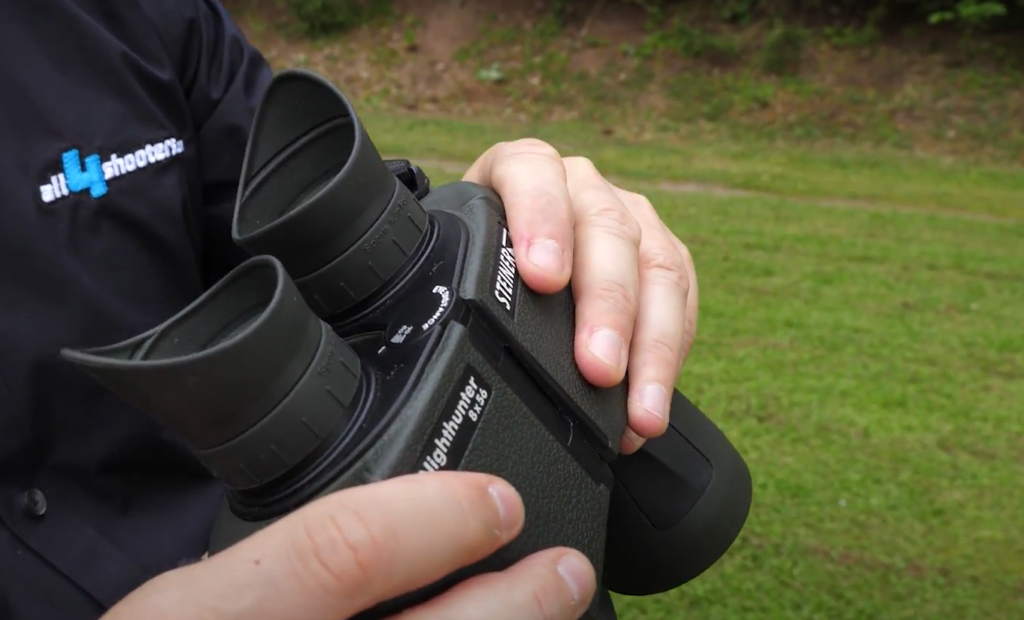
Fog-proof binoculars are more expensive than non-fog proof binoculars but they are worth the extra cost if you live in a humid climate or if you plan to use them in cold weather.
Waterproof Binoculars
Waterproof binoculars have special seals and coatings that prevent water from getting inside the binoculars. This is important because water can damage the lenses and this will reduce your visibility.
Waterproof binoculars are more expensive than non-waterproof binoculars but they are worth the extra cost if you live in a wet climate or if you plan to use them in water.
Diopter Range
The diopter range is the difference between the minimum and maximum focal length of a binocular. It is measured in diopters.
For example, a binocular with a minimum focal length of 1000mm and a maximum focal length of 2000mm would have a diopter range of +100. This means that it can be used to focus on objects that are 100m away or closer.
The diopter range is important because it determines how close you can focus on an object. A higher diopter range means that you will be able to focus on closer objects.
For hunting, we recommend a diopter range of at least +100. Anything less than that and you might have difficulty focusing on game that is close up.
General Features of Low Light Binoculars
There are a few features that are common in all low light binoculars. The first is large objective lenses. This allows more light to enter the binocular, which is essential for low light conditions. Most low light binoculars also have a wide field of view. This is important because it gives you a better chance of spotting game in low light conditions. Finally, most low light binoculars have image stabilization. This feature helps to reduce shake and blurriness, which can be a problem when trying to use binoculars in low light conditions.
The Importance of the Exit Pupil in Binoculars
The exit pupil is the beam of light exiting the eyepiece of your binocular. It is this beam of light which you will use to see your subject. The size of the exit pupil is affected by two things; the aperture (objective lens diameter) and the magnification.
A larger exit pupil means that more light is gathered and so it’s easier for eyes to see in LL conditions – perfect for hunting at dawn or dusk. In contrast, a small exit pupil results in a dim image that can be difficult to see clearly.
To calculate the size of the exit pupil, simply divide the objective lens diameter by the magnification.
So, what is the ideal size for the exit pupil? Well, that depends on the conditions in which you’ll be using your binocular. If you’re going to be hunting in LL conditions, then you’ll need a larger exit pupil.
The Focusing System on LL Binoculars
There are two main types of focusing systems: the center focus and the individual eyepiece focus.
The center focus system is the most common type of focusing system and it allows you to adjust the focus of both eyepieces at the same time. This type of system is very user-friendly and it’s ideal for people with glasses or contact lenses.
The individual eyepiece focus system, on the other hand, allows you to adjust the focus of each eyepiece independently. This type of system is more precise but it can be more difficult to use.
It is important to consider the type of focusing system that will be best for you.
Light Transmission Rate (LTR) in binoculars
One of the main specs you will see when shopping for a new set of binoculars is the LTR. The LTR is a percentage that reflects how much light is let through the lens system and into your eye. A higher percentage means more light is getting to your eye, making it easier to see in LL conditions.
Most high-quality binoculars have an LTR in the mid-80s, which is pretty good. However, if you really want to maximize the LL performance, you should look for a set with an LTR in the 90s.
There are a few different ways manufacturers can increase the LTR of their binoculars. This glass is more expensive and harder to work with, but it lets more light through. The second way is by using a special type of coating on the lenses that helps to increase the amount of light that gets through.
The final way to increase LTR is by increasing the size of the objective lens. A larger objective lens allows more light to enter, allowing to see in LL settings. However, there are some trade-offs that come with a larger objective lens. First, the binoculars will be bigger and heavier, which can make them difficult to carry around. Second, the larger lens will make it more difficult to hold the binoculars steady, especially if you have shaky hands.[2]
If you’re serious about LL hunting, then you should look for a set of binoculars with a high LTR. However, you should also be aware of the trade-offs that come with a high LTR.
Fields of Use of Low Light Binoculars
LL binoculars are not only for hunting. They are also great for bird watching, concerts, theater, and stargazing. Many people use them for security purposes as well. They can be used to find intruders on your property at night or to watch over your home while you’re away on vacation.
LL Binoculars for Hunting
The most popular use for LL binoculars is hunting. Hunters need to be able to see their prey in the dark, so they can get a clear shot. LL binoculars allow them to do this. There are many different types of LL binoculars available on the market, so it’s important to choose the right one for your needs.
LL Binoculars for Birding
Birders also need to be able to see their birds in LL conditions. This is especially true for those who like to bird watch at dawn or dusk. LL binoculars help them to get a better view of the birds they are trying to see.
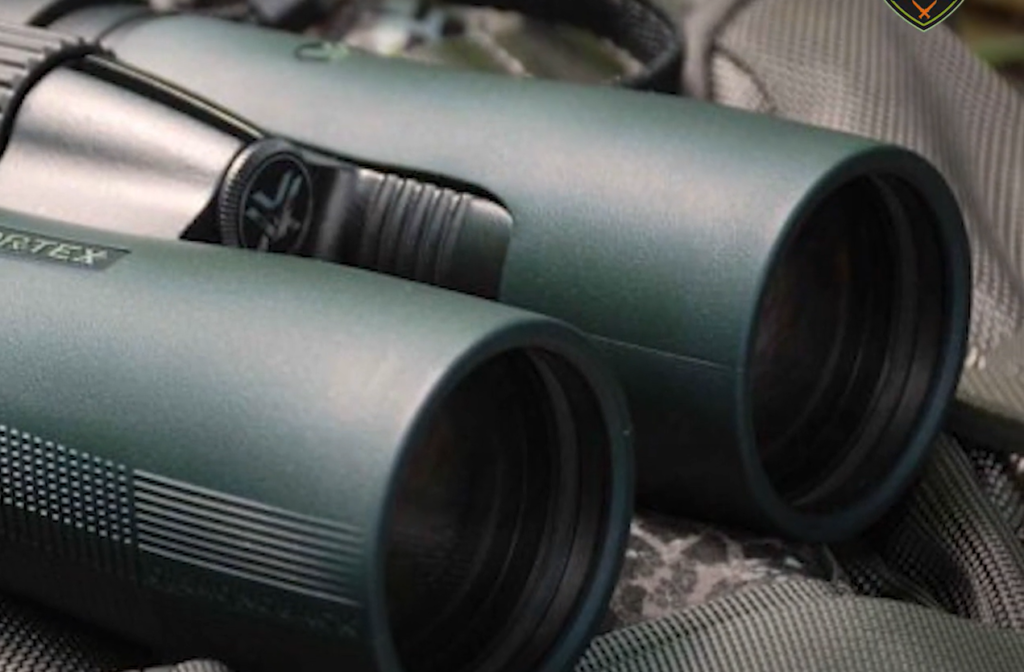
It’s important to do your research before purchasing a pair. [3]
Binoculars vs. Thermal Optics
There are two main types of optics you can choose from binoculars and thermal scopes. Each has its own set of pros and cons that you should take into account before making a decision. Here’s a quick rundown of each option:
Binoculars
Pros:
- Can be used during the day or at night
- Inexpensive compared to thermal scopes
- No battery required
Cons:
- Less effective in total darkness than thermal scopes
- Requires some level of ambient light to function properly
Thermal Scopes
Pros:
Work well in complete darkness
Give you a heat signature of animals, even if they’re camouflaged
Cons:
- More expensive than binoculars
- Require batteries to function properly
- Can be heavier and bulkier than binoculars
The option depends on your needs and preferences. If you want an all-purpose optic that can be used in a variety of situations, then binoculars are probably the way to go. However, if you find yourself hunting in very bad light conditions or want the added advantage to see heat signatures, then a thermal scope would be the better choice. [4]
FAQ
What to consider when buying hunting binoculars?
There are a few things to consider. First and foremost, you need to decide what you will be using them for.
Another important consideration is the magnification power. Most hunters prefer binoculars with at least a ten times magnification power, but this really depends on your personal preference and what you plan on using them for. If you’re mostly going to be using them for tracking game, then a lower magnification power may suffice. However, if you’re planning on doing some long-range shooting, then you’ll need a higher magnification power in order to get a clear view of your target.
Finally, remember to consider the binoculars’ size and weight. If you plan on carrying them around with you all day, then you’ll want something that is lightweight and easy to carry. However, if weight isn’t as much of a concern, then you can opt for a larger pair of binoculars that offer more features and better performance. [5]
Keep these things in mind when shopping for hunting binoculars and you’ll be sure to find the perfect pair for your needs.
What binoculars are best in low light?
Generally speaking, the best binoculars for LL are those with large objectives. The greater the objective lens, the more light may enter the binocular, resulting in a brighter and clearer picture. There are a few other things to consider as well, such as exit pupil size and coatings. We’ll go into more detail on all of that below.
Keep in mind that even the best LL binoculars won’t perform well in pitch black conditions. If you’re hunting in very dark conditions, you might be better off using night vision gear instead.
What does low light mean for binoculars?
Light conditions are constantly changing while you’re hunting. But what exactly does “low light” mean when it comes to binoculars?
Basically, low light refers to the amount of available light that reaches your eyes. This can be due to the time of day (dusk or dawn), weather conditions (foggy or overcast days), or even your location (in deep woods or shade). [6]
What power of binoculars is best for hunting?
For hunting, you’ll want a pair of binoculars with at least an eight times magnification. Anything less than that and you’ll have a hard time picking out details of your prey from a distance. You also don’t want to go too high in terms of power as this can make it difficult to hold the binoculars steady.
For hunting in low light conditions, you’ll want to make sure you have a binocular with an objective lens of at least 42mm. This will allow enough light into the binoculars so that you can see clearly even in dim conditions.
If you’re going to be doing any night hunting, then you’ll need a pair of binoculars that has been designed for this purpose. Night vision binoculars use infra-red light to amplify the amount of light that is available, making it possible to see in almost complete darkness.
Useful Video: Low Light Binoculars
Conclusion
The night is no time to be fumbling around with inadequate equipment. You need the best of the best when it comes to LL binoculars for hunting, and we hope this guide has helped you find a pair that’s perfect for you. Remember to keep all of the factors we’ve discussed in mind when making your decision.
We hope you enjoyed this article on LL binoculars for hunting. If you found it helpful, please share it with your friends or family who may be interested in purchasing a pair of binoculars for themselves. Thanks for reading, and happy hunting!
Quellen und interessante Links:
- https://skyandtelescope.org/astronomy-equipment/binocular-basics/
- https://www.optics-trade.eu/blog/light-transmission-rate/
- https://www.optics-trade.eu/blog/the-ultimate-low-light-binoculars-buying-guide/
- https://www.agmglobalvision.com/Night-Vision-vs-Thermal-Optics
- https://www.themeateater.com/gear/gear-hunt/what-you-need-to-know-about-hunting-binoculars
- https://theopticsreviewer.com/best-low-light-binoculars/#:~:text=Low%20light%20binoculars%20are%20the,mm)%20for%20maximum%20light%20transmission.

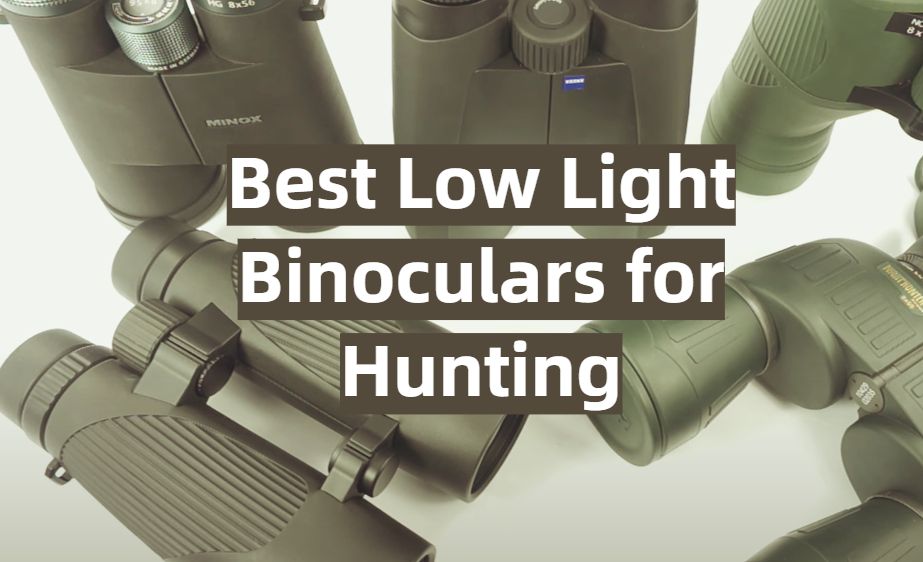




Leave a Reply